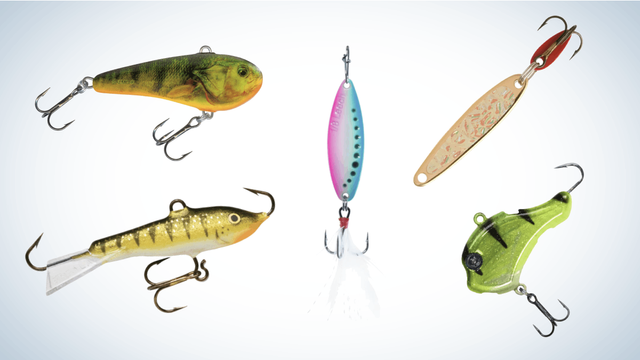Unleashing the Power of Perch Lure Comprehensive Guide

Perch fishing is a popular activity enjoyed by anglers around the world. One effective technique for targeting perch is using lures. Lures mimic the natural prey of perch, enticing them to bite. This unique article will delve into the world of perch lure, exploring different types, techniques, and considerations for using them. Whether you're a beginner or an experienced angler, this comprehensive guide will provide valuable insights to enhance your perch fishing success.
Perch lure are artificial baits designed to imitate the appearance, movement, and behavior of the prey that perch feeds on. They come in various shapes, sizes, colors, and materials, each intended to attract perch and trigger their predatory instincts. Popular perch lure include soft plastic baits, crankbaits, spoons, spinners, and jigs.
Choosing the Right:
Selecting the appropriate lure depends on factors such as water conditions, time of year, and perch feeding patterns. Consider using smaller lures, typically 1 to 3 inches in length, to match the size of the prey. Opt for colors that mimic the natural forage in the area, such as shad, minnows, or insects. Experiment with different lure types and observe which ones elicit the best response from the perch in your fishing spot.
Techniques for Using:
a. Casting and Retrieving: Cast the lure to likely perch-holding areas, such as weed beds, submerged structures, or drop-offs. Use a steady, rhythmic retrieve, varying the speed and depth to imitate the movement of prey. The lure should mimic injured or fleeing baitfish, enticing perch to strike.
b. Jigging: Jigging is a popular technique for targeting perch. Drop the lure to the desired depth and use short, upward jerks of the rod tip to create an erratic, darting motion. Pause intermittently to imitate wounded or struggling prey, which can trigger a perch's predatory instincts.
c. Drop Shot: The drop shot technique is effective for presenting the lure at various depths. Rig the lure above a weight attached to the bottom of the line. Drop the rig to the desired depth and gently twitch the rod tip to impart subtle movements to the lure. This technique works well for targeting suspended perch or when fishing vertically from a boat or structure.
Location and Seasonal Considerations:
Perch are commonly found near structures, including submerged rocks, fallen trees, or weed beds. Focus on these areas, as they provide cover and ambush points for perch to feed. During warmer months, perch often move to shallower water, while they may seek deeper areas during colder months. Adjust your lure selection and fishing techniques accordingly.
Adapting to Conditions:
Be observant and adapt your lure presentation to the prevailing conditions. If perch are not responding to a particular lure or technique, consider switching to a different lure type, color, or size. Adjust your retrieval speed and depth to match the perch's feeding preferences. Pay attention to weather patterns, water clarity, and the presence of natural prey to fine-tune your approach.
Conservation and Ethics:
As responsible anglers, it's important to practice catch-and-release to ensure the sustainability of perch populations. Handle perch with care, using proper fishing gear and techniques to minimize stress and harm. Check local fishing regulations and abide by size and bag limits to protect the perch population and their habitat.
In conclusion, Perch lure offer an exciting and effective way to target these prized freshwater fish. By understanding the different types of lures, selecting the right ones for the conditions, and employing proper fishing techniques, you can increase your chances of hooking into some impressive perch. Remember to be adaptable, observant, and ethical in your approach, and enjoy the thrill of perch fishing with the power of lures at your disposal.